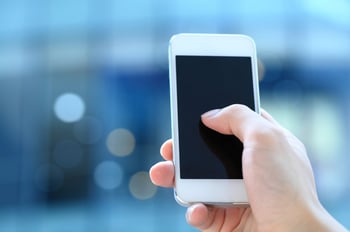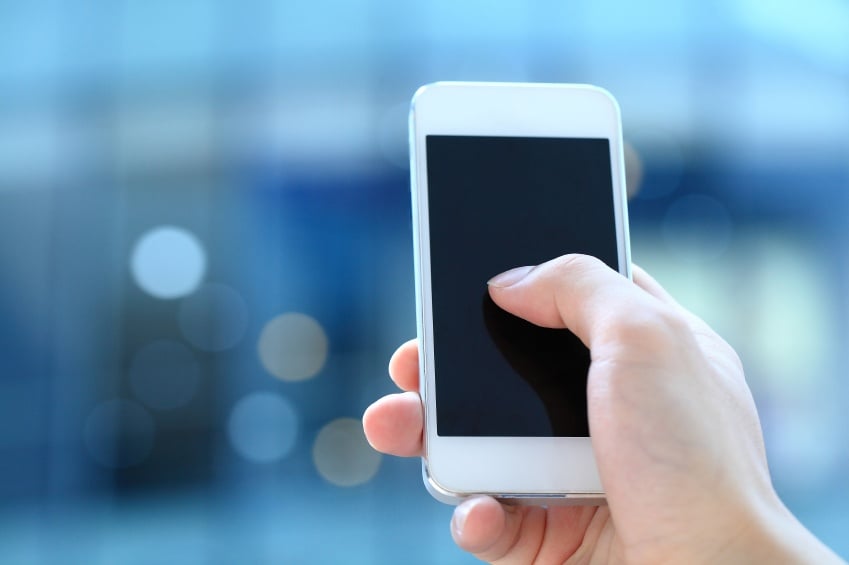 Most people have some exposure to fraud deterrents in their daily lives. For the honest person, these deterrents are in place for protection and peace of mind. For the criminal, they are barriers he or she hopes to breach.
Most people have some exposure to fraud deterrents in their daily lives. For the honest person, these deterrents are in place for protection and peace of mind. For the criminal, they are barriers he or she hopes to breach.
For example, we are asked to show ID at a bank. We need to establish that we are the account owners when online with merchants and financial institutions with whom we have an established working relationship. We show personal ID and pre-printed paperwork to gain entrance to most air passenger boarding areas. Abroad and returning, we show our passports when entering or leaving most foreign countries.
What the extant fraud-fighting electronic and mechanical systems have in common is that they are physically stationary. The bank or ATM scans your card with a machine on the counter or built into the ATM. TSA has validation scanners at their ticket/driver license-checking stations at the airport. Customs agents have on their desks specialized illumination and scanning equipment that contacts international databases in moments to do their ID and fraud checks. They can’t do these checks outside their booths.
This in-place fraud deterrent method has worked adequately for years, but it is excessively limiting in our global, mobile society. No longer is virtually every transaction concluded in person at a fixed ID-checking station. M-commerce (mobile commerce) transactions are surfacing increasingly in our society. In some banks, as a step toward the m-commerce paradigm, tellers work at terminals situated throughout the lobby rather than at a bank of computers protected by bullet-proof glass. This creates a more personalized atmosphere in addition to increasing efficiency. (Of course, the cash area remains protected.)
As a further, roving mobile example: In the Apple store, employees perform transactions from the iPads they carry around rather than having to go back to the computer terminal at the desk. This enhances POS (point-of-sale) efficacy considerably. Further, according to the Wall Street Journal (Wall Street Journal: Ovide, Shira, and Wakabayashi, Daisuke, 2015), Apple is considering packaging bundles of iPad apps for different industries. FraudFighter’s currently-in-development M-commerce apps would complement significantly a tailored business app suite for any industry requiring or benefitting from ID authentication.
Mobile security (what FraudFighter labels as M-Secure) transactions would have the ability not only to increase the naturally-interactive quality of transactions, but would be used as highly-convenient enhancements in the service of saving time, steps, and other resources.
Imagine a customer standing in a department store with a salesperson who is explaining how a particular item of interest works. The customer has now decided that you want the item. With an M-Secure transaction, the customer could provide his or her driver’s license on the spot, and the salesperson could scan it with a pocket-carried device. The customer instantly buys the item, and it could be waiting for the customer at the door when he or she leaves the store.
Imagine that a law enforcement officer, when doing a personnel or traffic stop, could verify driver’s ID and run a person’s background while still in the immediate presence of the interviewee, getting a full information screen, including validation of ID, in a hand-held device. There would be no need to expose himself or herself while going back to the law enforcement vehicle for radio or computer communication. So not only efficiency, but, perhaps more significantly, safety would be enhanced.
The more sophisticated the fraud-deterring barrier, the lower the chance that the criminal can prevail. Hence, the fraud detection industry, led by FraudFighter, continues to evolve more powerful, effective, and relevant fraud detection methods and equipment. Ultimately, the purpose is to protect the honest person, organization, business, or governmental entity. Watch for new technologies from FraudFighter as they make their way out of R&D.
Harnessing technology to enhance security and business is what FraudFighter is all about.
References
Wall Street Journal: Ovide, Shira, and Wakabayashi, Daisuke. (2015, August 13). Apple Pushes iPads for Business with Different Partners, Similar Aims. Retrieved from WSJ: http://blogs.wsj.com/digits/2015/08/13/apple-pushes-ipads-for-business-with-different-partners-similar-aims/?mod=ST1
If you are reading this on anything other than FraudFighter.com it is stolen content.
Follow us on Twitter @FraudFighterCo.
Come visit our Fraud Prevention Blog.



